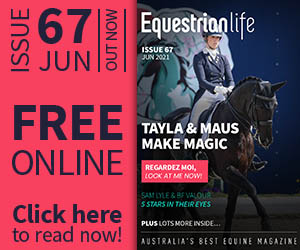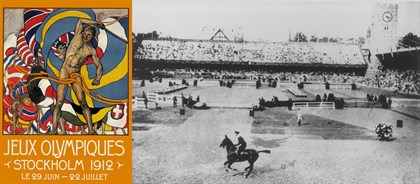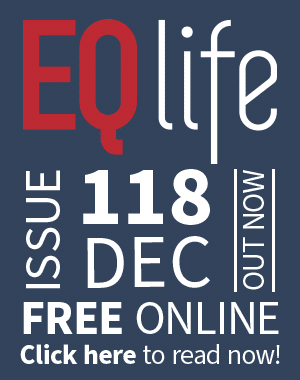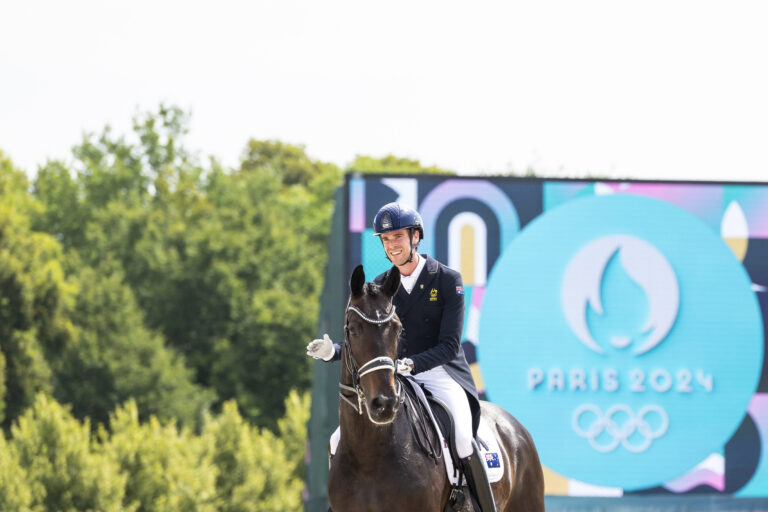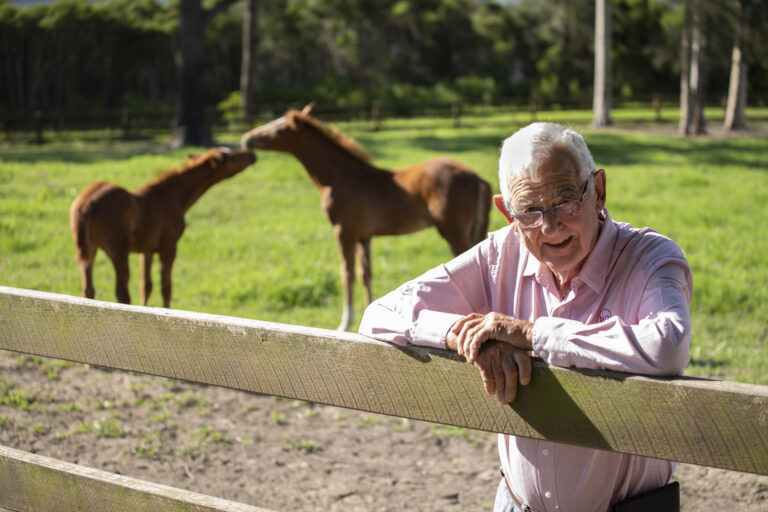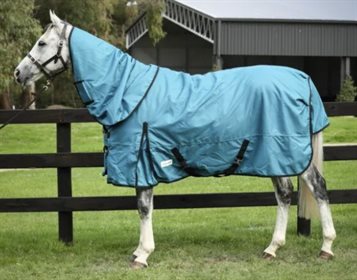Count Clarence von Rosen ensured that horse sports would be a key part of the 1912 Games in Stockholm.
© FEI
In a month’s time, the world will gather to watch sportsmen and women write their names in history as they climb to the top of the podium to receive their gold medals at the Tokyo 2020 Olympic Games.
Equestrian events have become among the most popular sports at the quadrennial Games, with enthusiasts and those who don’t watch Dressage, Eventing and Jumping at any other time in the four-year cycle enjoy the magic of the unique competitions that bring together human and horse.
Equestrian events have been a key part of the Olympic programme for more than a century, with the earliest appearances coinciding with the creation of the modern Games in 1896.
In the beginning:
The 19th century saw a marked increase in enthusiasm for sport around the world as well as interest in the concept of the ancient Olympic Games.
Following several small-scale sports festivals across Europe, the French historian Pierre de Coubertin developed the concept of a multi-national and multi-sport event. After forming the International Olympic Committee (IOC), the first modern Games was held in Athens – the home of the ancient Games – in April 1896.
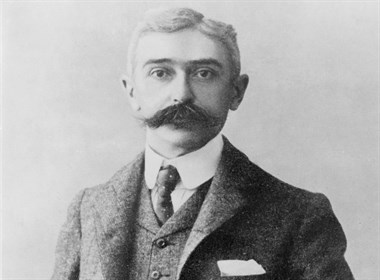
French historian Pierre de Coubertin developed the concept of a multi-national and multi-sport event.
© FEI
The 1896 event was a real success, with more than 80,000 spectators attending the opening ceremony at the Panathenaic Stadium. Some nine sports featured, but this was extended to 19 sports four years later in Paris – with the first equestrian events taking place among them, including Jumping, High Jump, Long Jump and Mail Coach carriage driving. Another event was Hacks and Hunter, where the riders perform on the flat at a walk, trot, canter and hand gallop, and then jump two low fences.
The Jumping events all took place in Paris on May 29, with Belgium’s Aimé Haegeman winning the Jumping gold medal and his compatriot Constant van Langhendonck finishing first in the Long Jump. The High Jump competition was won by both France’s Dominique Gardères and Italy’s Gian Giorgio Trissino.
There were no equestrian events at the 1904 Games in St Louis, and they also were not held at the 1908 Games in London despite initial plans for the modern disciplines of Dressage, Eventing and Jumping being agreed in 1906. Ultimately the organisers were not able to stage the events at either the main White City Stadium or at Olympia Hall and the plans were cancelled.
1912: A Swede Time for the Hosts
Perhaps equestrian’s first true Olympic hero was Count Clarence von Rosen, the Master of the Horse to the Swedish King, who was an IOC member and ensured that horse sports would be a key part of the 1912 Games in Stockholm. Indeed, Sweden’s capital city’s bid to host the Games contained a promise to include Dressage, Eventing and Jumping, noting the likely appeal to military representatives.
10 nations and more than 60 riders took part in the equestrian events – with some competitors travelling from as far away as Chile and the USA. More than 25,000 spectators watched the events that took place in the new Olympic Stadium – and Swedish fans had plenty to celebrate.

Frenchman Jean Cariou was the first Jumping gold medallist as he leapt to glory on Mignon.
© FEI
Frenchman Jean Cariou was the first Jumping gold medallist as he leapt to glory on Mignon. However, there was delight for the home supporters as Sweden secured the Team gold ahead of France and Germany. The course consisted of 15 obstacles, four of which had to be jumped twice, with a maximum height of 1.4m.
Sweden made it a 1-2-3 in the Dressage, with Carl Bonde taking gold on Emperor. The 1912 Dressage test did not contain piaffe and passage, but five jumps up to 1.10m. At the end of the programme the horses had to jump a painted cylinder rolling towards them. There were bonus points to be won when the rider held the reins in one hand.
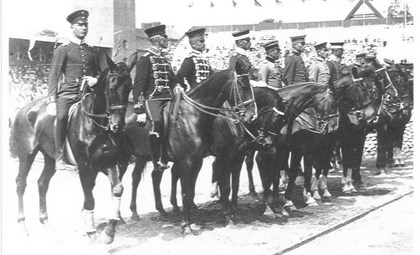
Sweden made it a 1-2-3 in the Dressage, with Carl Bonde taking gold on Emperor.
© FEI
The First Eventing Champions:
There was further joy for the 1912 hosts in the eclectic Eventing competition with Axel Nordlander winning Individual and Team gold for Sweden on Lady Artist. The Eventing competition consisted of a 55km endurance race, a 5km cross-country, a 3.5km steeplechase, jumping over 15 obstacles and Dressage. Germany took Team silver ahead of USA, who included Guy Henry, a future FEI President, among their ranks.
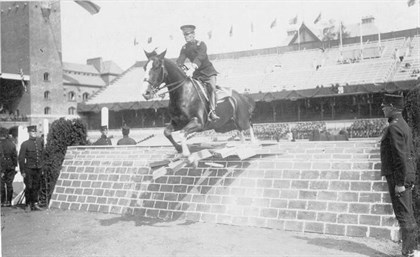
Guy Henry, who became a future FEI President, jumping at the Olympics.
© FEI
The equestrian events were undoubtedly a success in Stockholm, but with World War I just a couple of years away it would be 1920 before the Olympic Games resumed.
Source: FEI website
READ THE LATEST NEWS ARTICLES HERE
